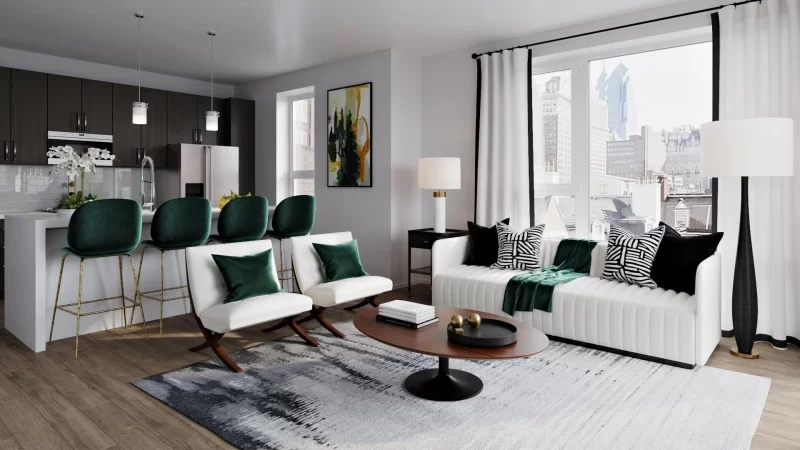
Typically, to sell an apartment or a house realtors need to create visually appealing imagery of the already furnished interior. This process is called staging. But what is digital staging? Basically, it involves digitally adding decor and furniture to the interior. This way realtors can forget about the constraints of traditional furnishing. They can just acquire the services of a 3D virtual staging company and get photoreal visuals of the furnished space.
Want to know more? Let’s dive into the details of digital staging and learn how it can benefit the real estate industry.
#1. Importance of Staging in Real Estate

Real estate staging comes with a long list of organizational challenges. The meticulous process of physical furnishing demands both financial resources and time investment. This often can cause delays in showcasing homes to potential buyers.
Virtual furnishing emerges as a fantastic alternative to its physical counterpart. At its core, it involves inserting virtual furniture and decor into the images of the living space. But what is digital staging’s distinct advantage over the traditional approach? Virtual furnishing eliminates the burdens associated with buying and transporting physical furniture, organizing a professional photoshoot, etc. The cost-effectiveness and efficiency of this method make it an appealing alternative for realtors aiming to optimize their resources.
#2. How Digital Staging Works

The concept behind virtual staging relies on the advanced technologies of 3D modeling and rendering. Here’s what this process entails.
- Virtual staging begins with leveraging the scope of work. A realtor provides a staging studio with the info on the project. It should contain high-resolution photos of the property, style references, and drawings. The more data on the project, the better the result.
- The next stage involves the selection of virtual furniture and decor. Here, a CG artist together with a realtor browses the library of 3D models to choose the right options considering the property’s style and the target audience.
- Then a CG artist creates a digital model of the interior based on real estate photos using specialized 3D software. After that, they insert the chosen furniture and decor into the model and proceed to the process of rendering.
- The last stage of digital staging is post-production. It involves final touches to make visuals look more realistic – smoothing out the edges, and adjusting the color balance and lighting. As a result, you get stunning visualizations that are indistinguishable from real photos.
#3. Benefits of Digital Staging
The bottom line is that digital staging is a cost-effective alternative to the traditional approach. The expenses associated with virtual furnishing are notably lower. It offers significant savings for realtors due to the elimination of organizational costs.
Also, digital staging is much more time-efficient. It offers a quick turnaround time, that accelerates the sales process. This approach ensures that properties are presented to potential buyers as quickly as possible.
What’s more, the standout benefit of digital staging is the level of customization and flexibility. Virtual furnishings can be tailored to specific target audiences, enhancing the appeal of a property to a diverse range of potential buyers. Besides, it’s much easier to make changes to the digital models, while the traditional way would require organizing a whole new staging.
#4. Real-Life Examples and Case Studies
The impact of digital staging is best illustrated through real-life success stories. From complete renovations to simple furnishing, digital staging has played a vital role in transforming property presentations. Here you can see five virtual staging examples that best showcase the power of this approach.
In comparison to traditional furnishing, realtors that utilized a digital approach demonstrated shorter time on the market. Customer satisfaction increased as virtual staging allowed potential buyers to envision their future homes more vividly. Positive feedback highlighted the convenience, personalization, and overall enhanced experience offered by digital staging.
#5. Challenges and Limitations
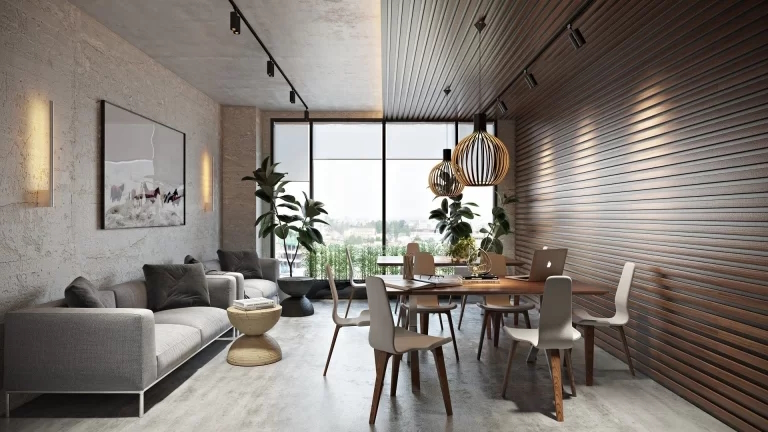
Despite its many advantages, digital staging is not without its drawbacks. One notable concern revolves around potential issues with accuracy and realism. While advancements in technology have greatly improved the quality of virtual furnishings, there remains a possibility that a 3D rendering would provide an inaccurate depiction of furniture.
Additionally, the effectiveness of digital staging is tied to technology. The complex process of rendering requires advanced hardware, which can be quite costly. Yet, both of these issues can be solved by contacting a professional virtual staging studio. They will make sure that you get the best virtual staging visuals.
#6. Future Trends in Digital Staging

Adopting new emerging technologies is one of the crucial factors, that can help businesses stay ahead. And the real estate industry is no exception. Recent trends in staging are the integration with AI and mixed reality experiences. These innovations could elevate digital furnishing to new heights, offering more immersive and interactive experiences.
With its proven benefits, the use of digital staging is expected to grow in the coming years. As this approach becomes a regular practice, it’s going to reshape traditional ways and set new standards in showcasing properties.
All in all, it became clear that digital staging is more than a trend. It’s an effective and versatile tool for the real estate industry. By utilizing technology to create vivid, customizable visualizations, virtual staging goes beyond the limitations of traditional methods. It revolutionizes the way properties are presented, marketed, and perceived which gives realtors an edge over their competitors.
Want to try incorporating digital staging into your real estate business? Use our 3D virtual staging services to get fantastic virtual furnishing CGI.

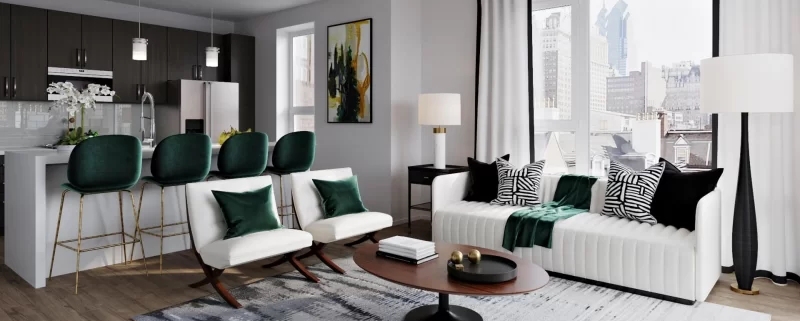
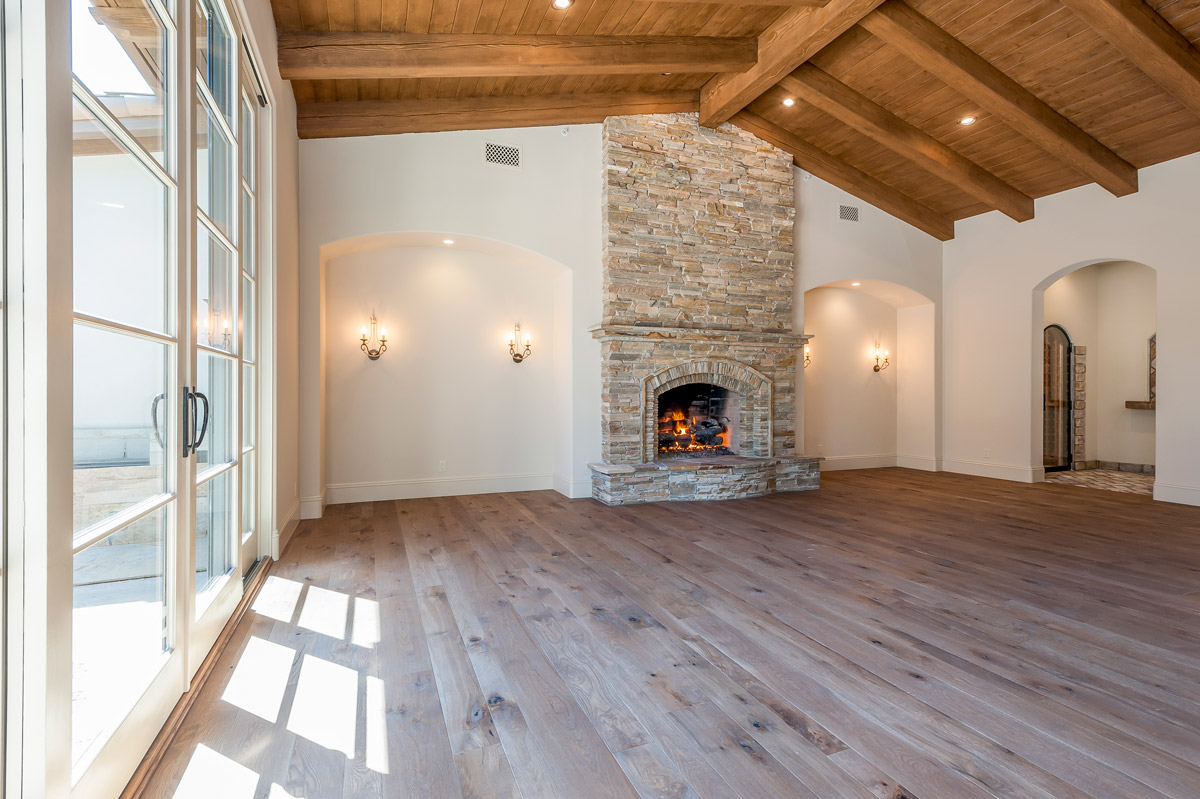
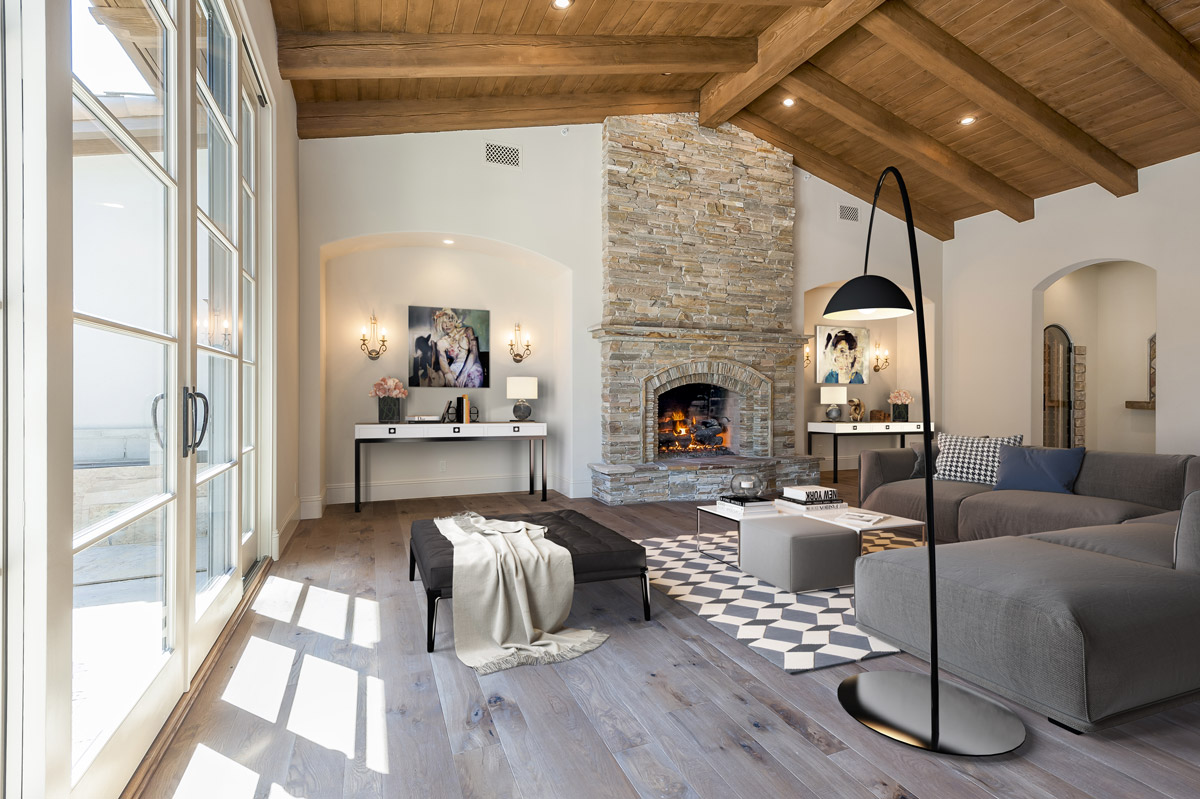









Leave a Reply
Want to join the discussion?Feel free to contribute!